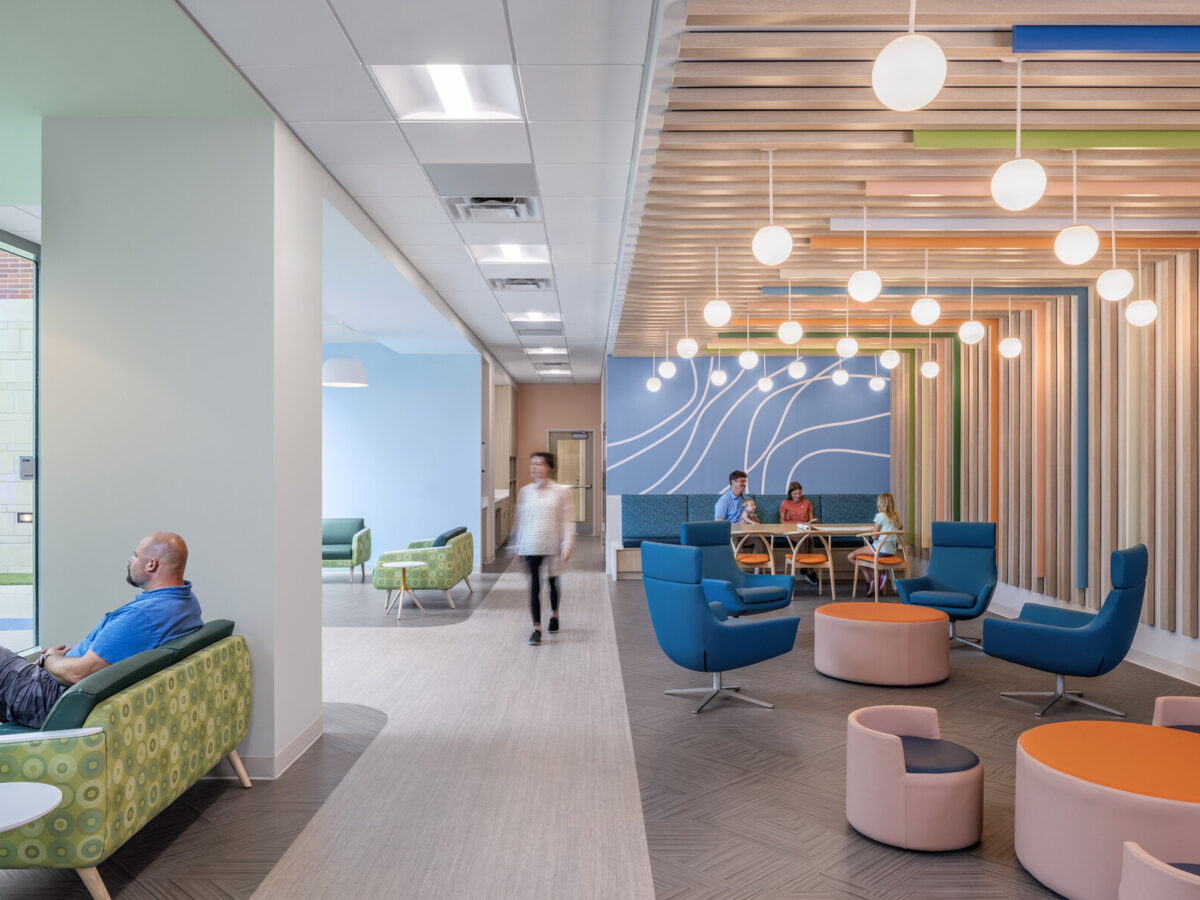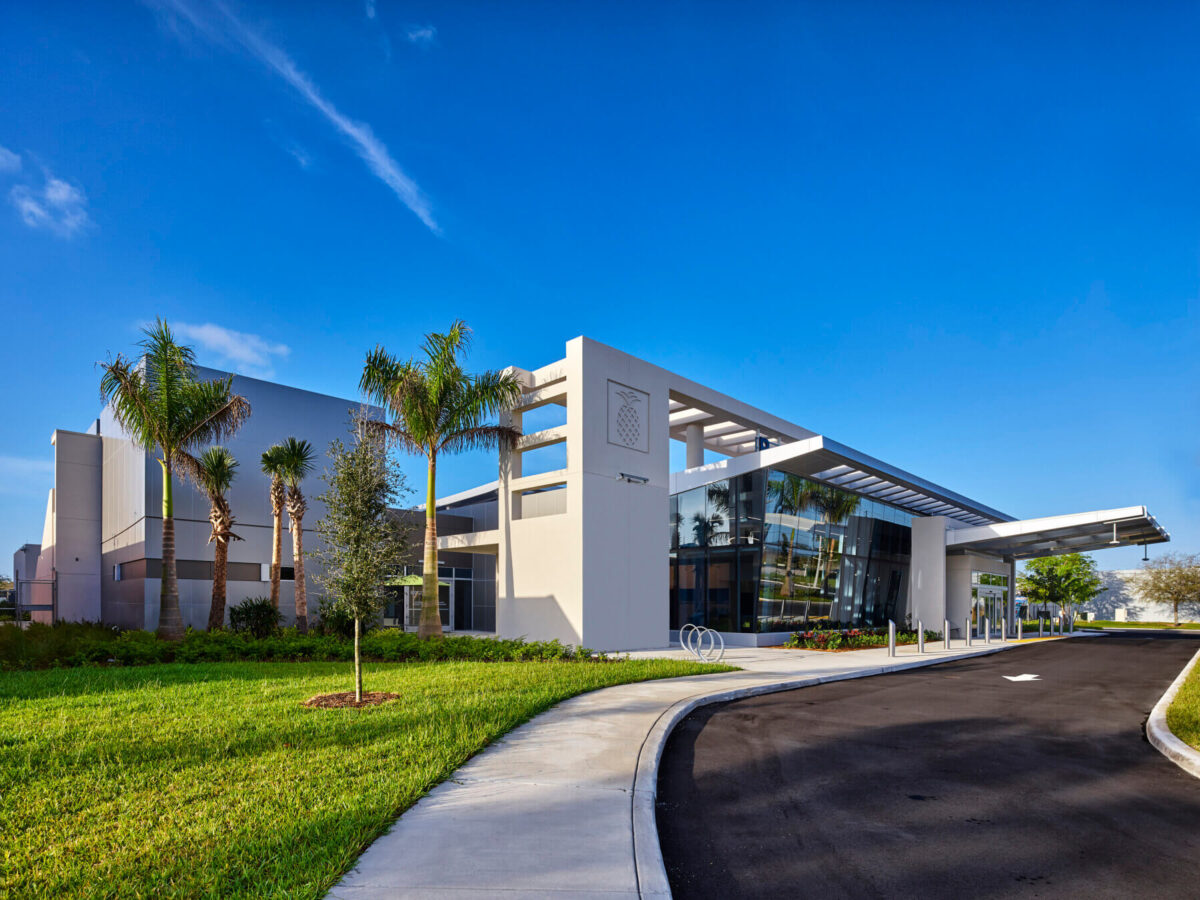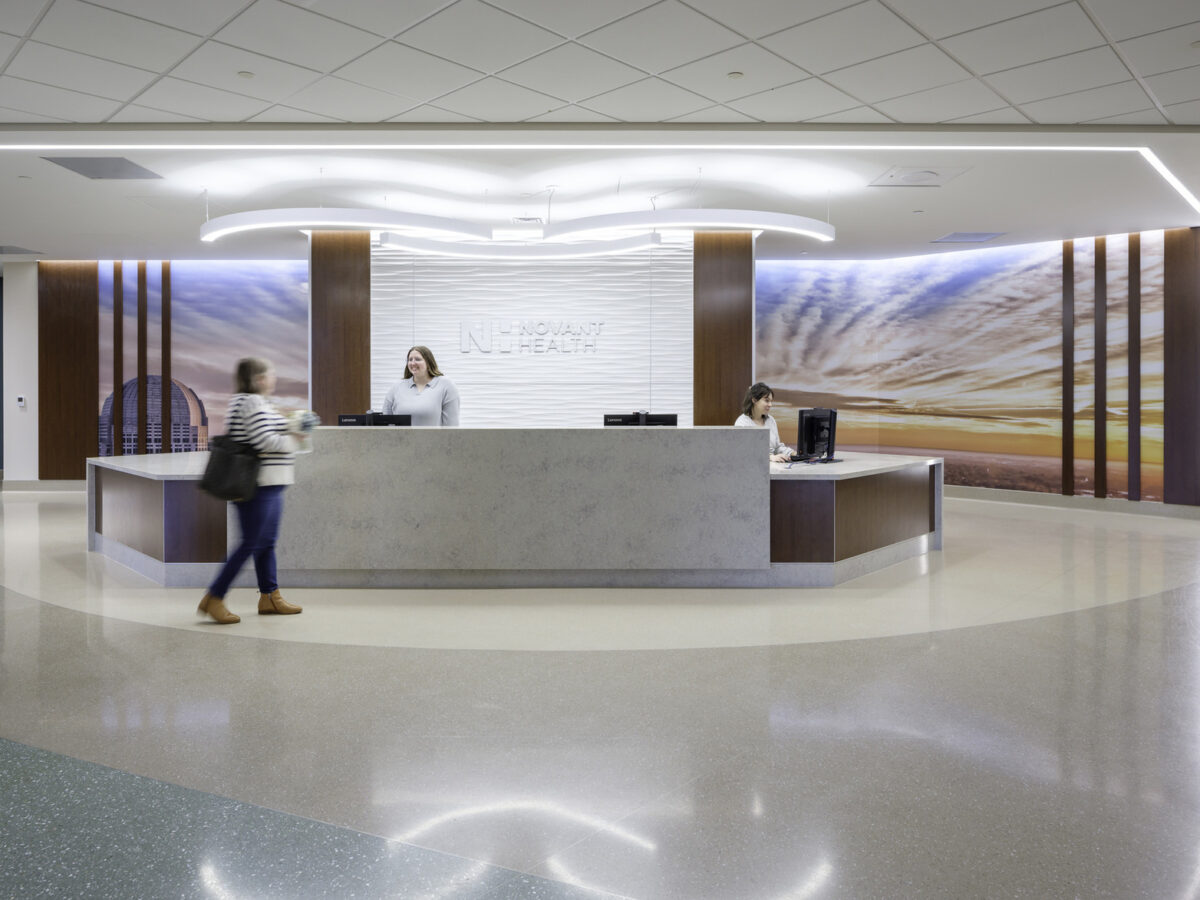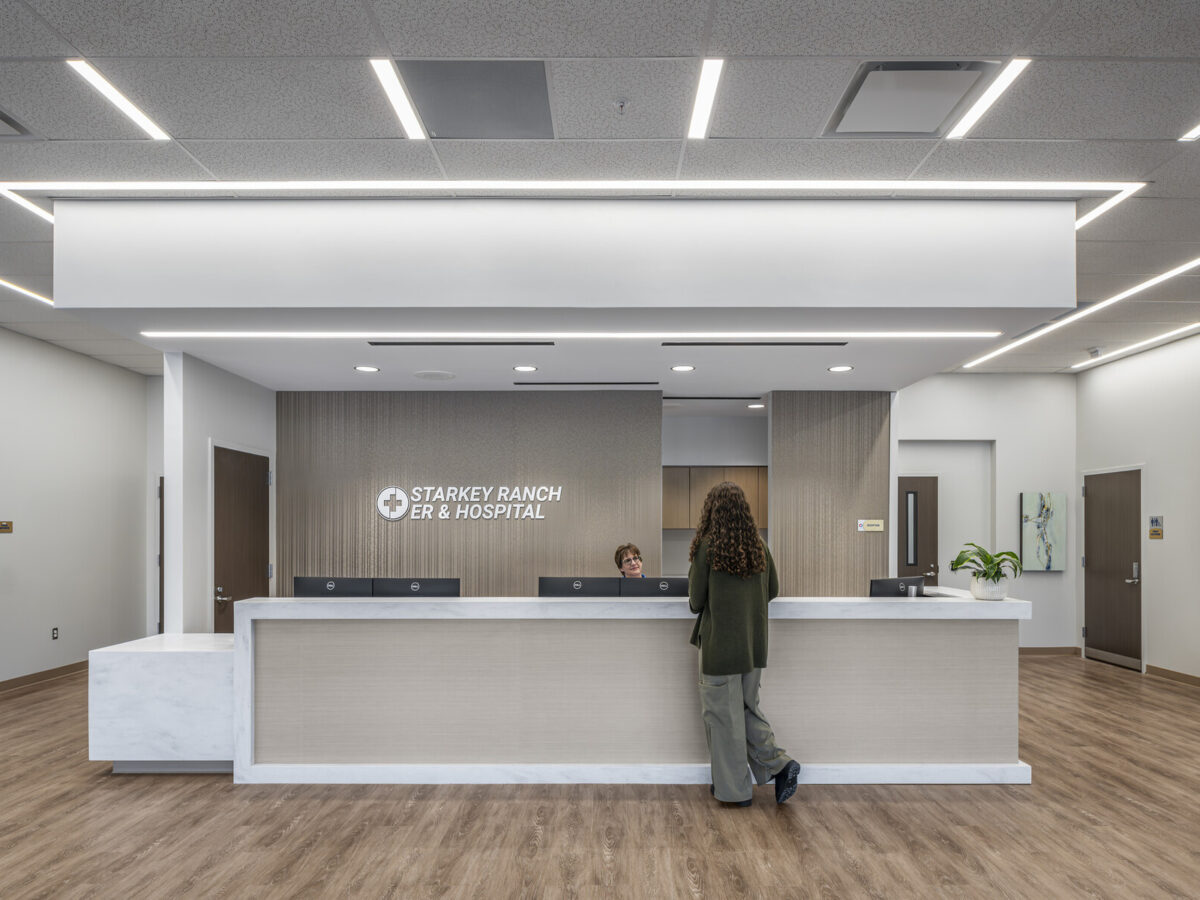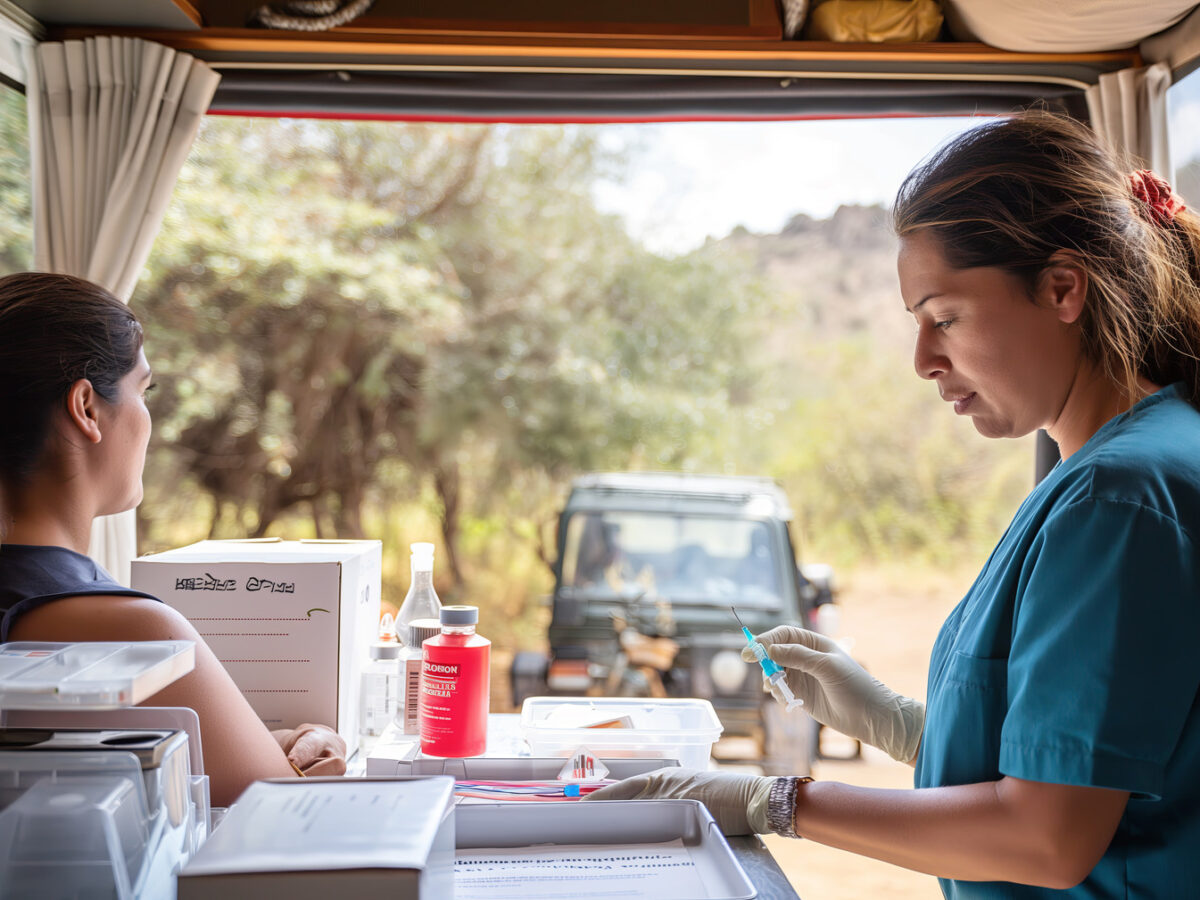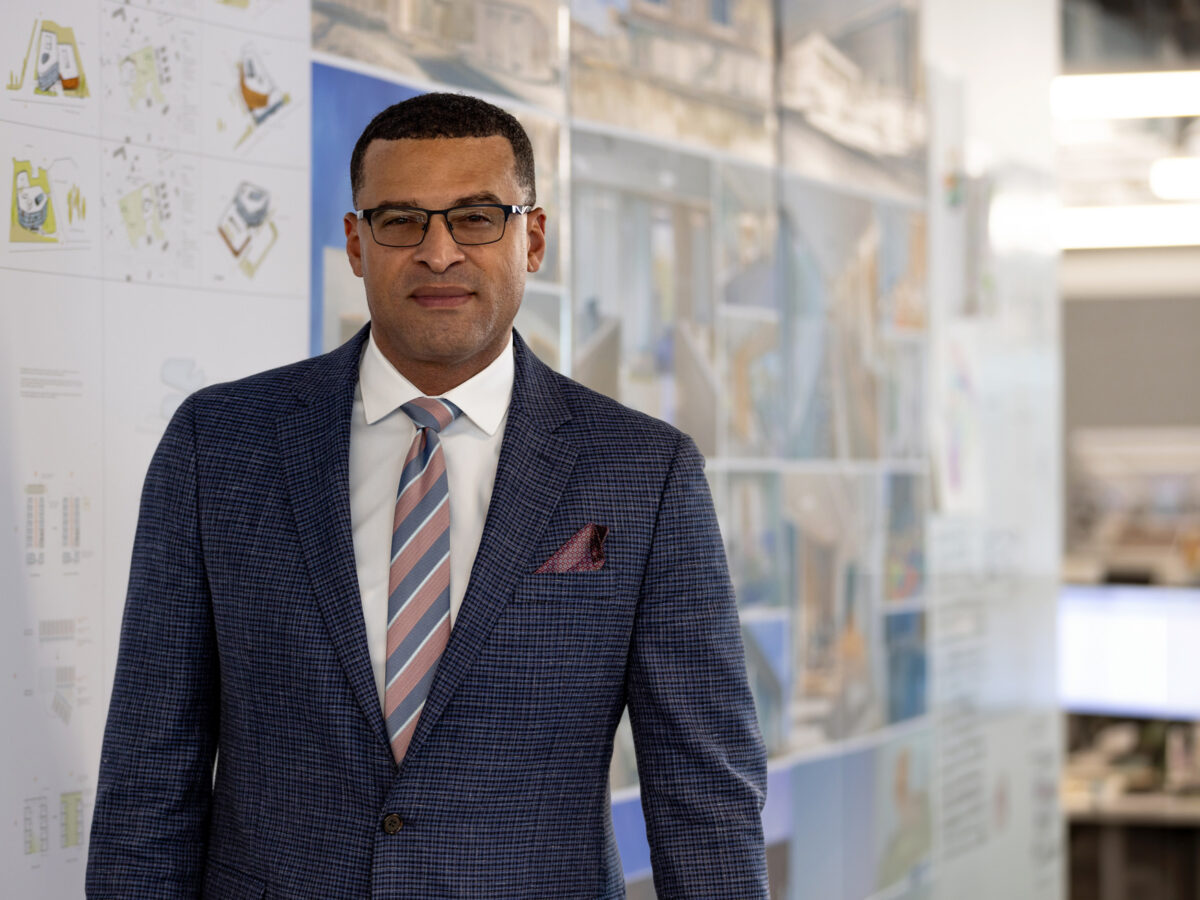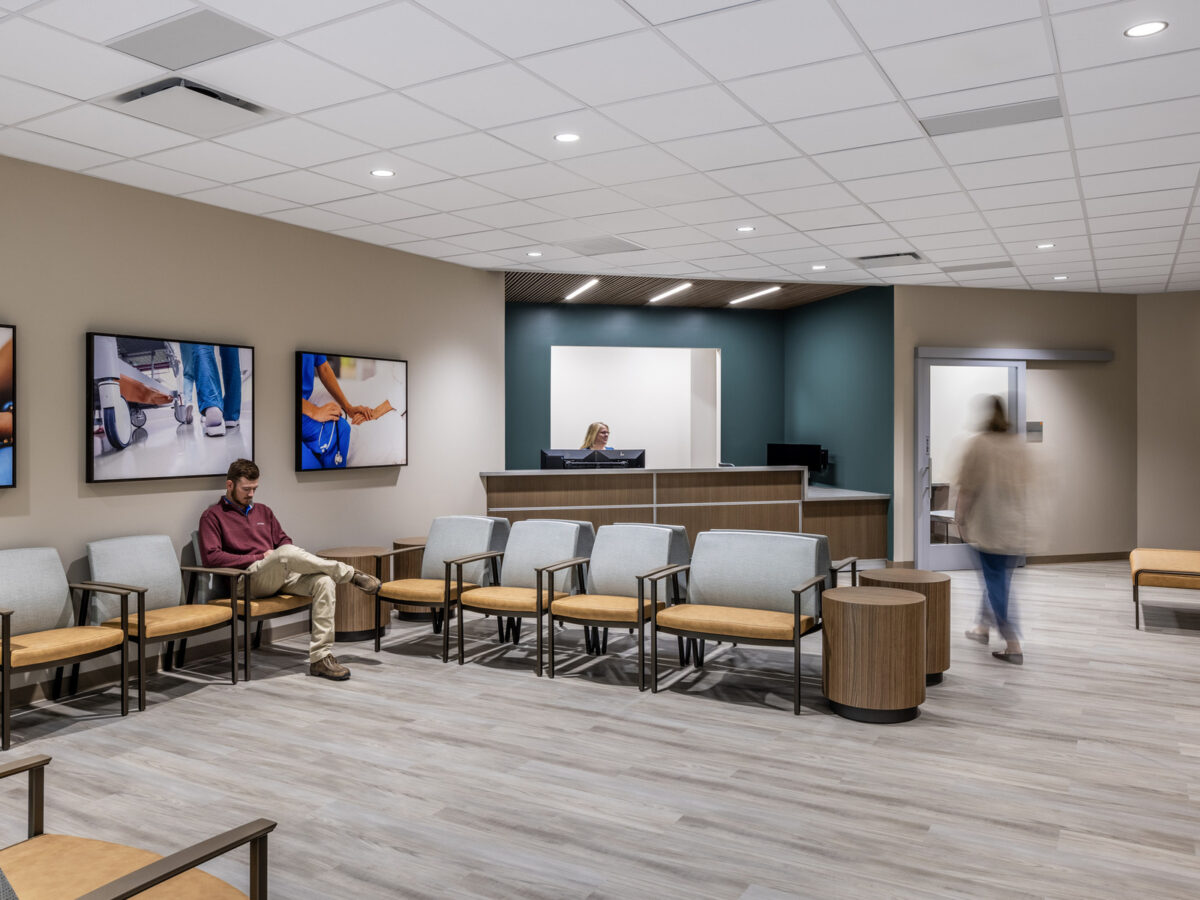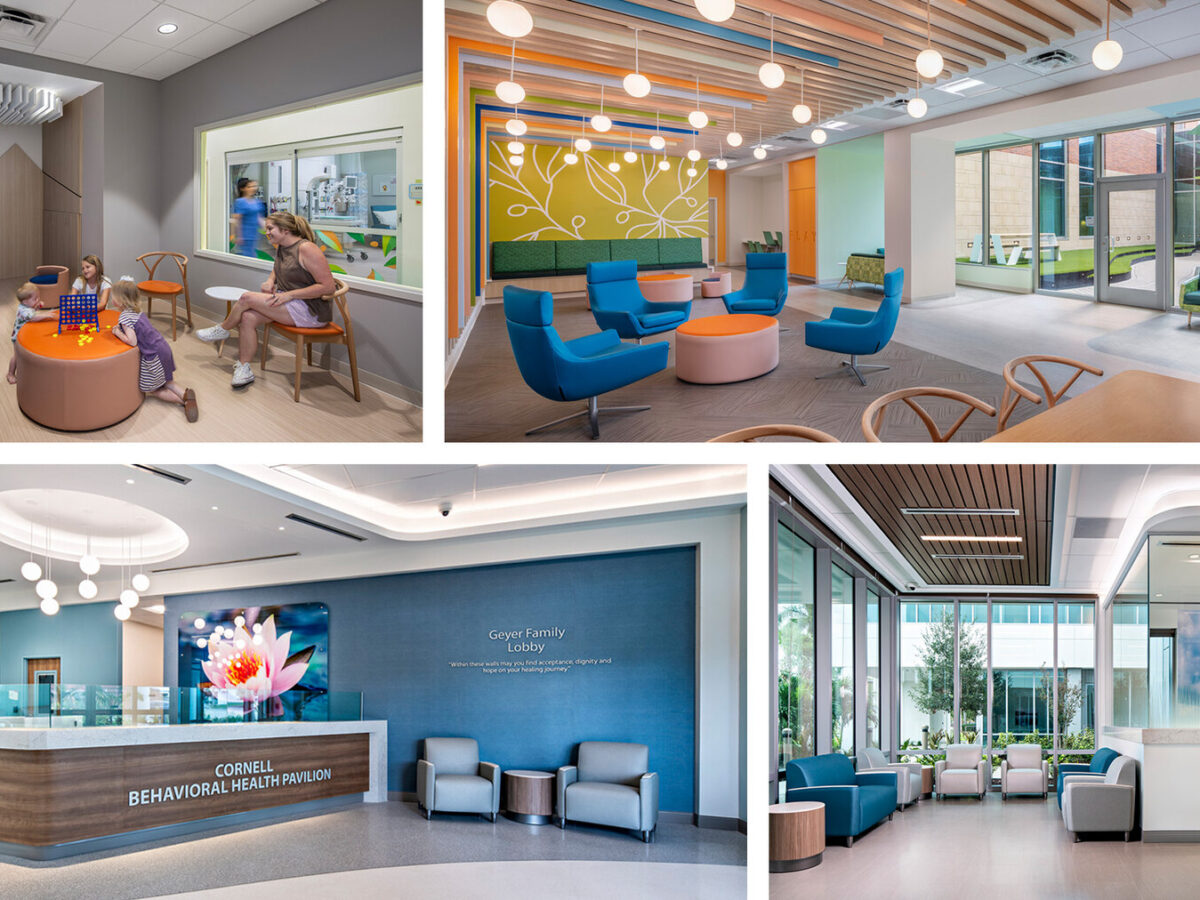Gresham Smith is proud to announce that Senior Vice President, Healthcare Research & Insights Lesa Lorusso, Ph.D., Healthcare Research Analyst Tatiana Orozco, Ph.D., Design Researcher Dagmar Rittenbacher and Healthcare Advisory Services Program Director Doug Spies, AIA, MHA, LEED AP, will present at the Environmental Design Research Association (EDRA55) conference in Portland, Oregon, on Saturday, June 22.
Summaries of the presentations are below.
The Emergency Department (ED), known as the gateway into the healthcare system, has been paradoxically described as both a safety net and a war zone. This presentation will provide insights into a multidisciplinary collaboration between practitioners, design researchers and medical professionals who partnered to understand ways to optimize efficiency in a community-based ED and how the team sought to identify areas of improvement for operational challenges plaguing the ED post-pandemic.
A mixed-methods approach included analysis of ED throughput data, a design thinking workshop, staff survey and on-site behavior mapping. ED throughput data included patient volume, length of stay, emergency severity index level, staffing, arrival times, diagnostics turn-around time, etc. The design thinking workshop sought to identify opportunities for improvement and future needs. An online staff survey pertaining to workplace culture, safety, quality and efficiency, integration of technology, and adaptability and resiliency was conducted as part of the research process.
Exploring Behavior Mapping: History and Methods
Professionals in architecture, design, and engineering can use behavior mapping, which refers to an array of methods for observing behaviors in a particular physical space and time, in conjunction with other data or information to better understand how people are navigating through and interacting with the built environment.
Methods in behavior mapping, adapted over time to incorporate advances in technology, carries great potential to contribute to the body of evidence on optimal healthcare architecture and design, thereby empowering architectural and design professionals to produce high-quality healthcare facilities with the best possible experience for staff, patients, and their families. This presentation will provide a brief background of behavior mapping and its use in evidence-based design, provide examples of several different behavior mapping methods, provide an overview of how to implement them, and explain the type of information that can be gleaned from them.

